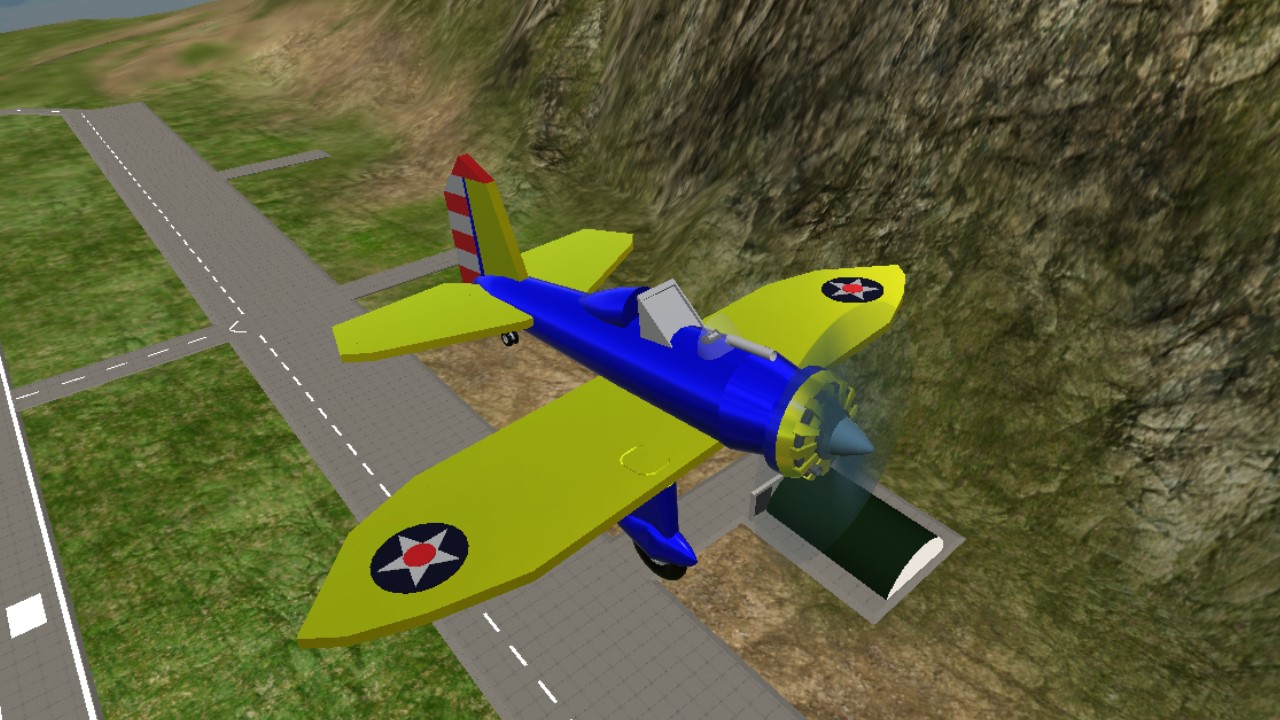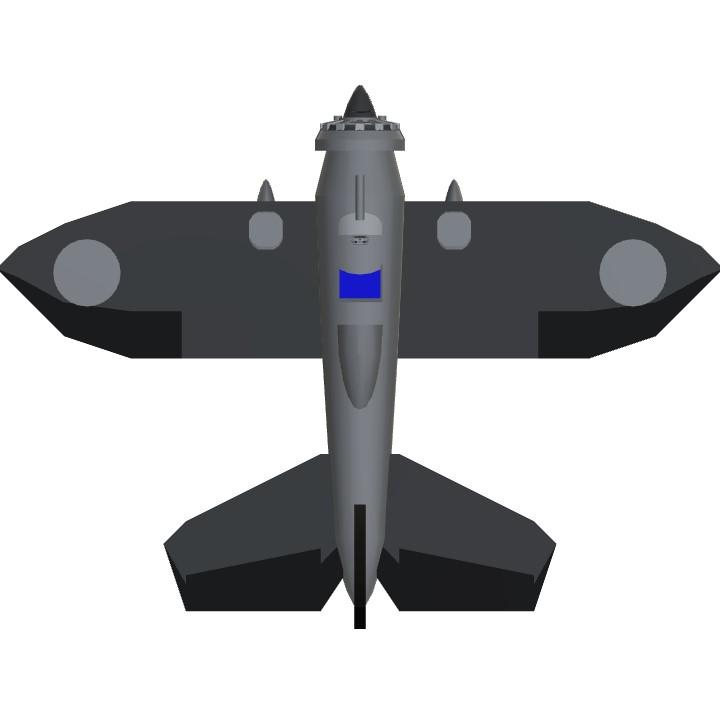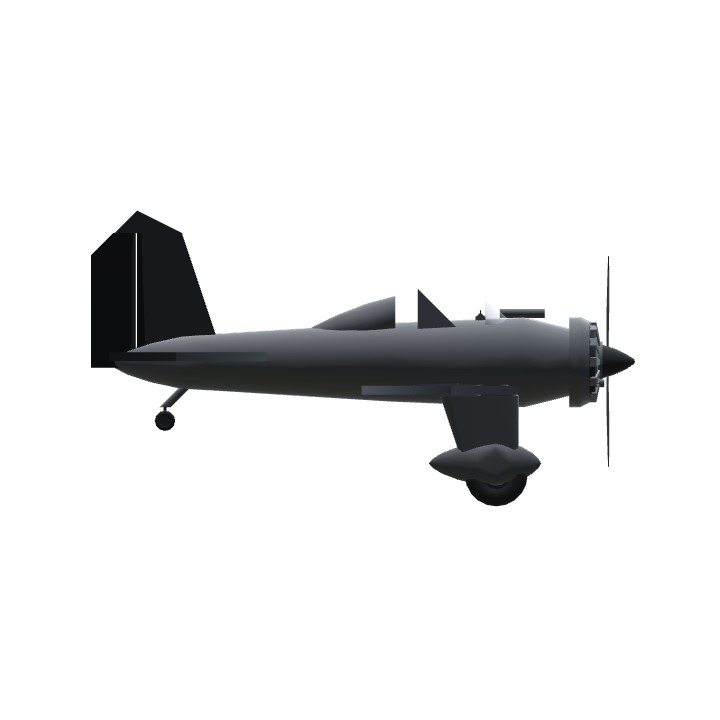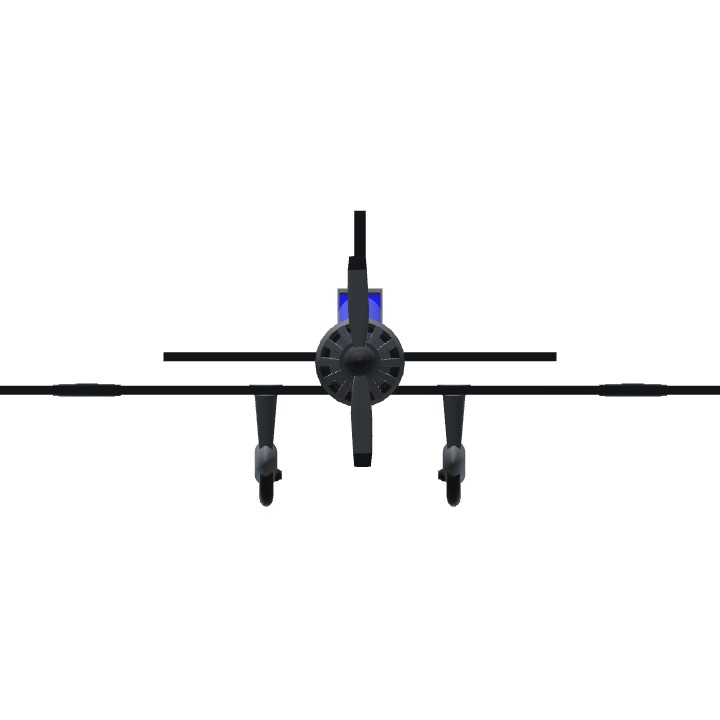The Boeing P-26 "Peashooter" was the first American production all-metal fighter aircraft and the first pursuit monoplane to enter squadron service with the United States Army Air Corps. Designed and built by Boeing, the prototype first flew in 1932, and the type was still in use with the U.S. Army Air Corps as late as 1941 in the Philippines. There are two surviving Peashooters, but there are three reproductions on display with two more under construction.
The first examples to see combat were Chinese Model 281s. On 15 August 1937, eight 281s from the Chinese Nationalist Air Force 3rd Pursuit Group, 17th Squadron, based at Chuyung airfield, engaged eight of twenty Mitsubishi G3M Nell medium bombers from the Kisarazu Air Group attacking Nanking. Four of the Chinese fighters shot down three of the fourteen Japanese bombers destroyed that day without suffering any losses, while Chinese Hawk IIs, Hawk IIIs and Fiat CR.32s claimed the other eleven.[4] Subsequent engagements between the Chinese 281 pilots and Japanese Navy Mitsubishi A5Ms were the first aerial dogfights and kills between all-metal monoplane fighter aircraft.[5][6] Chinese-American volunteer pilots who joined the Chinese Air Force in the mid-1930s include aces John "Buffalo" Huang and John Wong Pan-yang, both of whom successfully fought the Japanese in the 281. John Wong Pan-yang scored two shared kills over A5Ms on 22 September 1937 and a solo kill over an A5M on 12 October 1937 over Nanking while in his Boeing 281.[7][8][9]
The Spanish Republican Air Force operated a single Model 281 during the Spanish Civil War of 1936–1939, but no kills were made with it before it was shot down in 1936.[10][11]
Philippine AF P-26A in 1941
By December 1941, U.S. fighter strength in the Philippines included 28 P-26s, 12 of which were operational with the 6th Pursuit Squadron of the Philippine Army Air Corps.[12] Captain Jesus A. Villamor and his squadron of P-26s engaged Japanese Mitsubishi A6M Zeros above Zablan and Batangas Fields, and despite being outclassed Villamor and his squadron claimed four kills – one Mitsubishi G3M bomber and three Zeros, Two by Villamor himself.[13] For these actions, Villamor was awarded the Distinguished Service Cross and an Oak Leaf Cluster.[14][15] The P-26s were burnt to prevent their capture by advancing Imperial Japanese Army forces on 24 December 1941.[16] Nine P-26s remained airworthy with the United States Army Air Forces (as the USAAC had been renamed in June 1941) in the Panama Canal Zone.
During 1942–1943, the Guatemalan Air Force acquired seven P-26s, which the United States Government delivered to Guatemala as "Boeing PT-26A" trainers to circumvent restrictions on sales of fighters to Latin American countries.[17] The P-26's last combat operation was with the Guatemalan Air Force during the 1954 coup d'état.[18] The final pair of P-26s still flying in military service in the world would be replaced with North American P-51 Mustangs two years later in 1956.
Although Boeing produced the prototype XF8B in 1944 and the X-32 entry in the Joint Strike Fighter contest in 2000, the P-26 was the last Boeing Company fighter aircraft to enter service until Boeing acquired McDonnell-Douglas and took over its production and continuing support contracts for the Boeing F/A-18E/F Super Hornet in 2002.
Note 1: The "peashooter" nickname is generally believed to devolve from the long forward-facing tubular gunsight at the pilot's position, reminiscent of the toy blowpipe called a peashooter.[28] According to aviation enthusiast Robert Guttman, though, the nickname is supposedly derived from the blast tubes of its two internally mounted machine guns (blast tubes being metal tubes which surround and extend forward from fighter machine gun barrels, to prevent structural or mechanical damage to the aircraft from the firing of the machine guns).[29]
Specifications
General Characteristics
- Predecessor Bellow 100 part Challange [CLOSED]
- Created On Windows
- Wingspan 26.3ft (8.0m)
- Length 19.4ft (5.9m)
- Height 10.6ft (3.2m)
- Empty Weight 2,061lbs (935kg)
- Loaded Weight 3,019lbs (1,369kg)
Performance
- Horse Power/Weight Ratio 0.331
- Wing Loading 15.4lbs/ft2 (75.2kg/m2)
- Wing Area 196.1ft2 (18.2m2)
- Drag Points 584
Parts
- Number of Parts 68
- Control Surfaces 21
- Performance Cost 316




